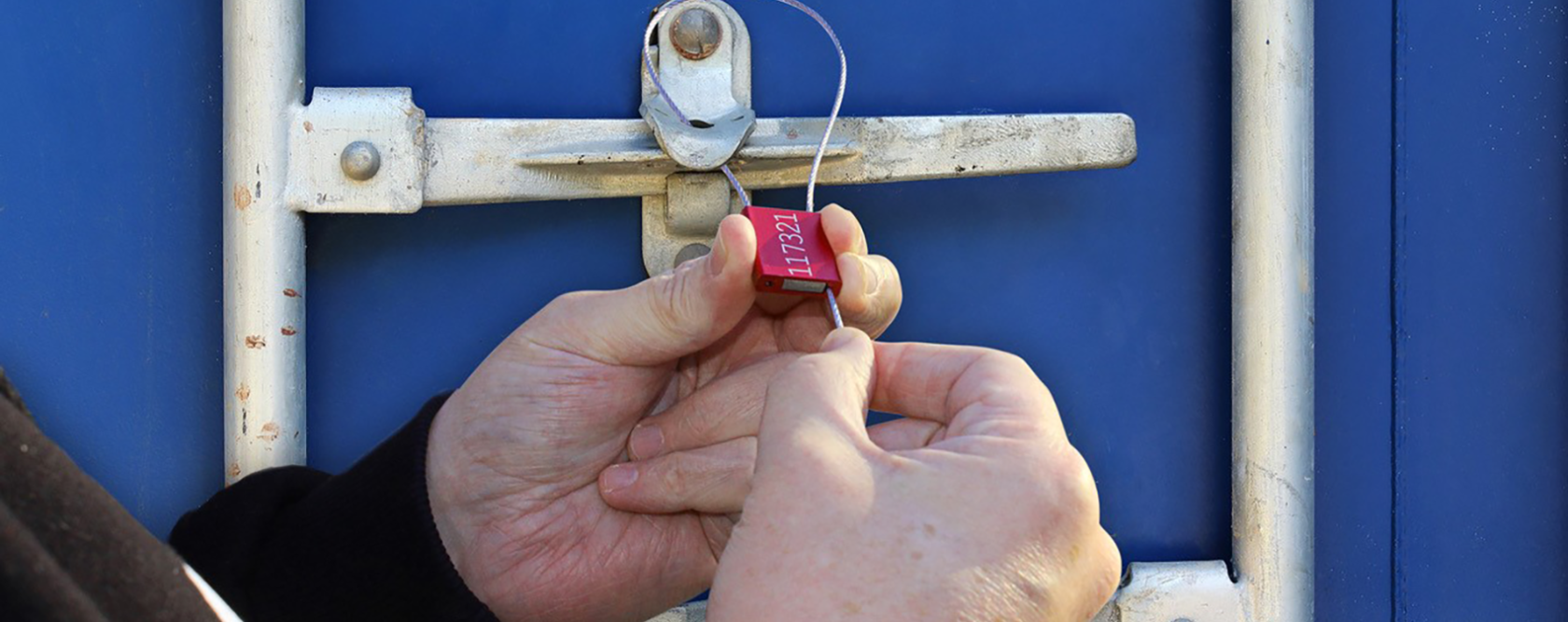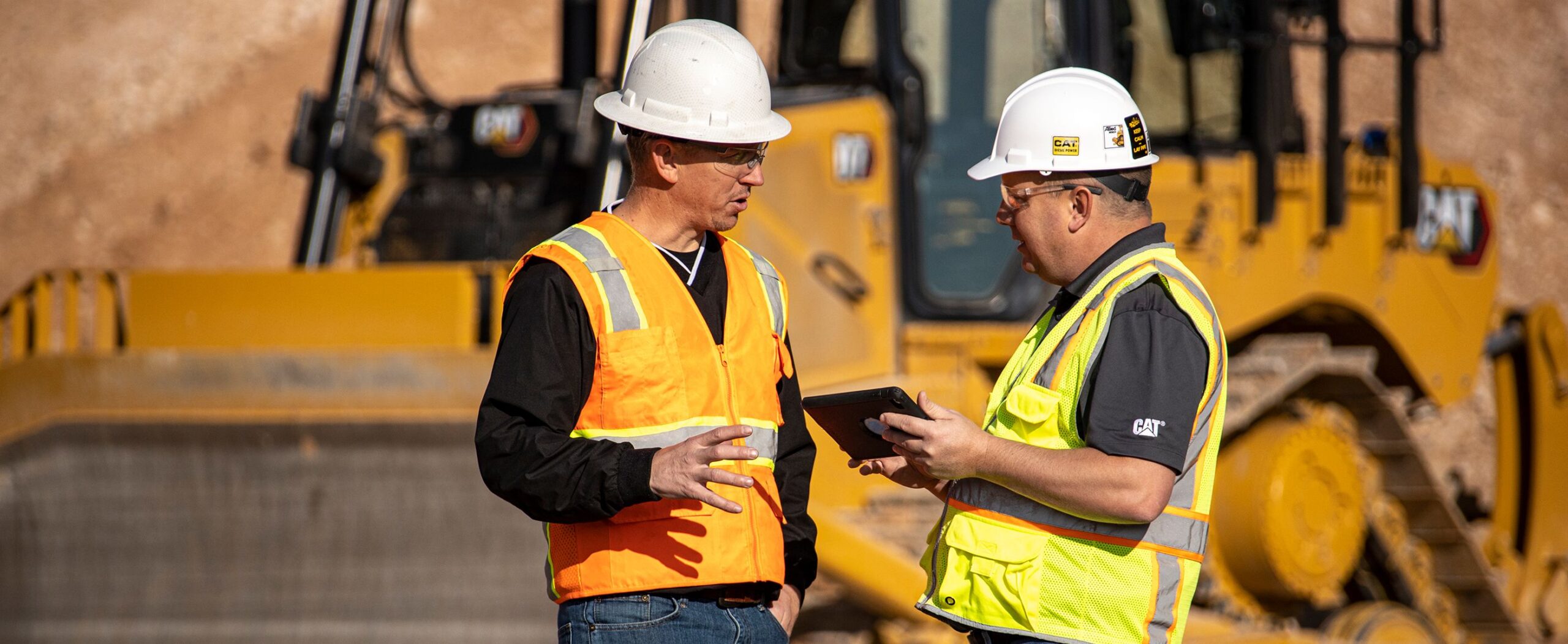How Electronic Cable Seals Are Transforming Container Protection
Container security is now essential in the high-stakes, fast-paced world of international commerce. Traditional security solutions like mechanical seals and locks are not enough to keep goods safe from theft, tampering, and unauthorized access as supply chains become more complicated. Electronic cable seals are a revolutionary technology that is transforming how companies protect their containers and keep control of their shipments from point of origin to point of destination.
Tracking And Visibility In Real Time
The capacity of electronic cable sealing to follow containers continuously is one of their best qualities. These seals provide real-time position information throughout the shipping process thanks to integrated GPS chips. Because of this visibility, businesses can keep an eye on transit routes, make precise arrival time estimates, and reroute goods in the event of crises or delays.
Real-time monitoring also lowers the possibility of cargo loss. The monitoring system may send out notifications for prompt examination in the event that a container abruptly stops or veers off track. This degree of visibility is particularly important for delicate or expensive items, such as luxury goods, electronics, or medications.
Evidence Of Tampering And Warnings
Conventional seals may be cracked and changed without anybody noticing right away. Tamper sensors that identify unwanted access attempts are included into electronic cable sealing to address this risk. If the cable is tugged, cut, or otherwise interfered with, these sensors may register. The system receives an alarm as soon as a breach is discovered, allowing for quick action.
This proactive strategy ensures responsibility throughout the supply chain and deters theft and manipulation. This feature is essential for fulfilling compliance requirements and preserving product integrity in regulated sectors, including food, chemicals, and medicines.
Improved Data Recording
Key events, including the time and position of any tampering attempt, seal opening, or rerouting, are recorded via data recording facilities included in the electronic cable seal. By producing a traceable audit trail, these logs assist logistics teams in identifying supply chain vulnerabilities and streamlining security procedures.
In addition to being helpful for internal risk management, this data may be used as proof in regulatory inspections or insurance claims. Businesses are better equipped to handle disagreements or inconsistencies in delivery when they have thorough documentation of the container’s voyage.
Cost-Effectiveness And Sustainability
Electronic cable seals may be more expensive initially than conventional seals, but they save money over time and are better for the environment. The expenditure is swiftly recouped by the decrease in cargo damage, insurance claims, and delays. Additionally, there is less need for disposable seals and less waste since many electronic seals are reusable and made to last many flights.
In terms of labor efficiency, the remote monitoring and automated data collection remove the need for manual checkpoint inspections, which saves time and lowers human error. A quicker return on investment and more seamless operations are the results of these efficiencies.
Supply Chain System Integration
Current warehousing systems, logistics platforms, and supply chain management software may all be connected with contemporary electronic cable sealing. Operations are streamlined and centralized control is made possible by this connection. From a single dashboard, businesses can keep an eye on several containers traveling various routes, which improves reaction times and coordination.
The link also enables sophisticated analytics, which helps companies see trends, predict hazards, and improve logistics planning in general. Because of this connection, container security is certain to become a crucial component of a business’s plan for digital transformation.
Uses In Various Industries
Because of their versatility and durability, electronic cable seals are being used in many different sectors. They are used in logistics and transportation to secure cargo containers on ships, vehicles, and railroads. They assist with securing equipment in isolated or dangerous areas in the energy and utility sectors. These seals are also used by the military and government industries to safeguard critical commodities while they are being transported.
The objective is always the same, regardless of the sector: to protect important assets while preserving operational effectiveness, visibility, and compliance.
Conclusion
By fusing digital intelligence with physical security, electronic cable seals are revolutionizing container protection. They provide a strong answer for the changing transportation environment of today with real-time tracking, tamper alarms, and a smooth interface with logistics systems. Electronic cable sealing is proving to be an essential component of the contemporary supply chain toolset as companies want to improve cargo safety, lower losses, and expedite operations.






